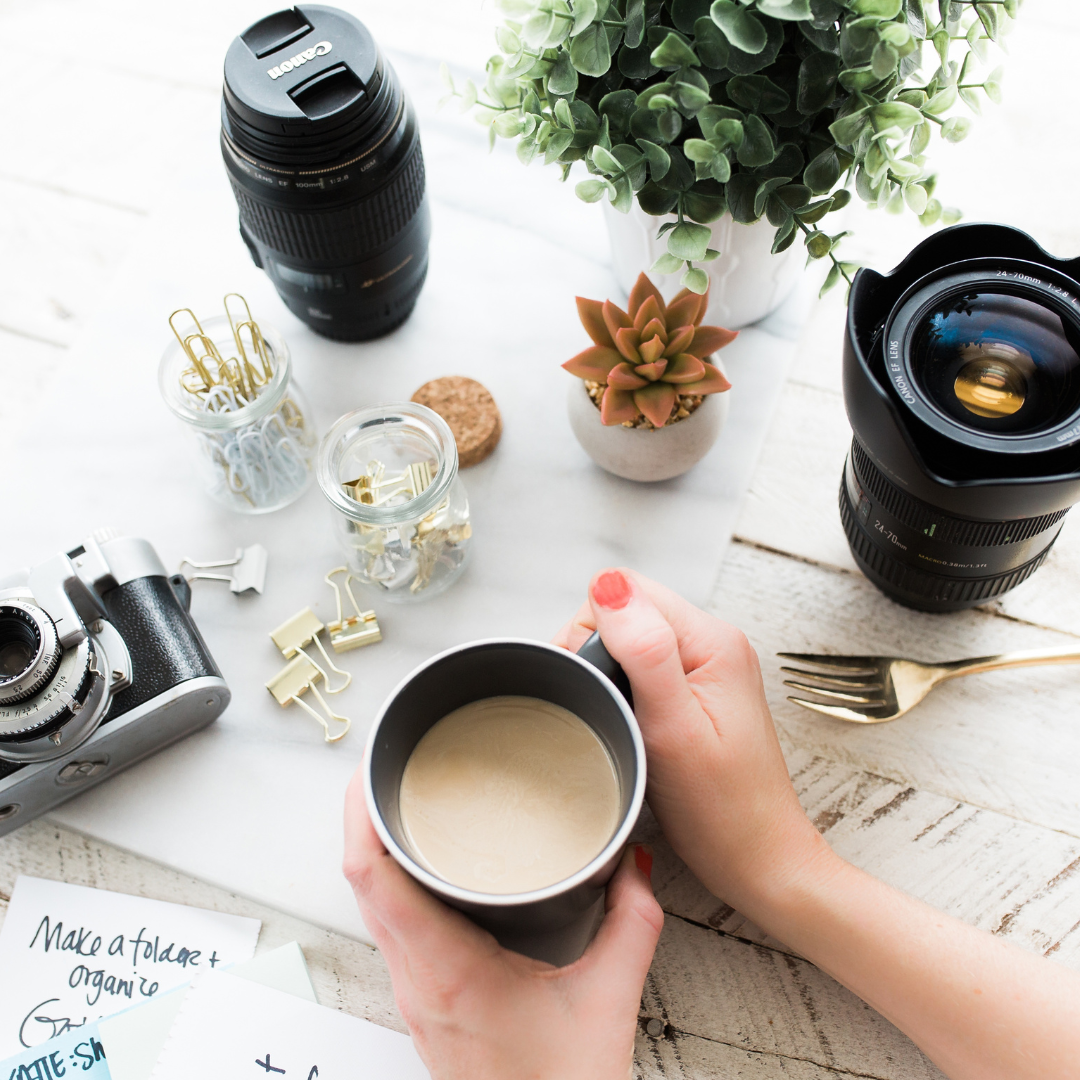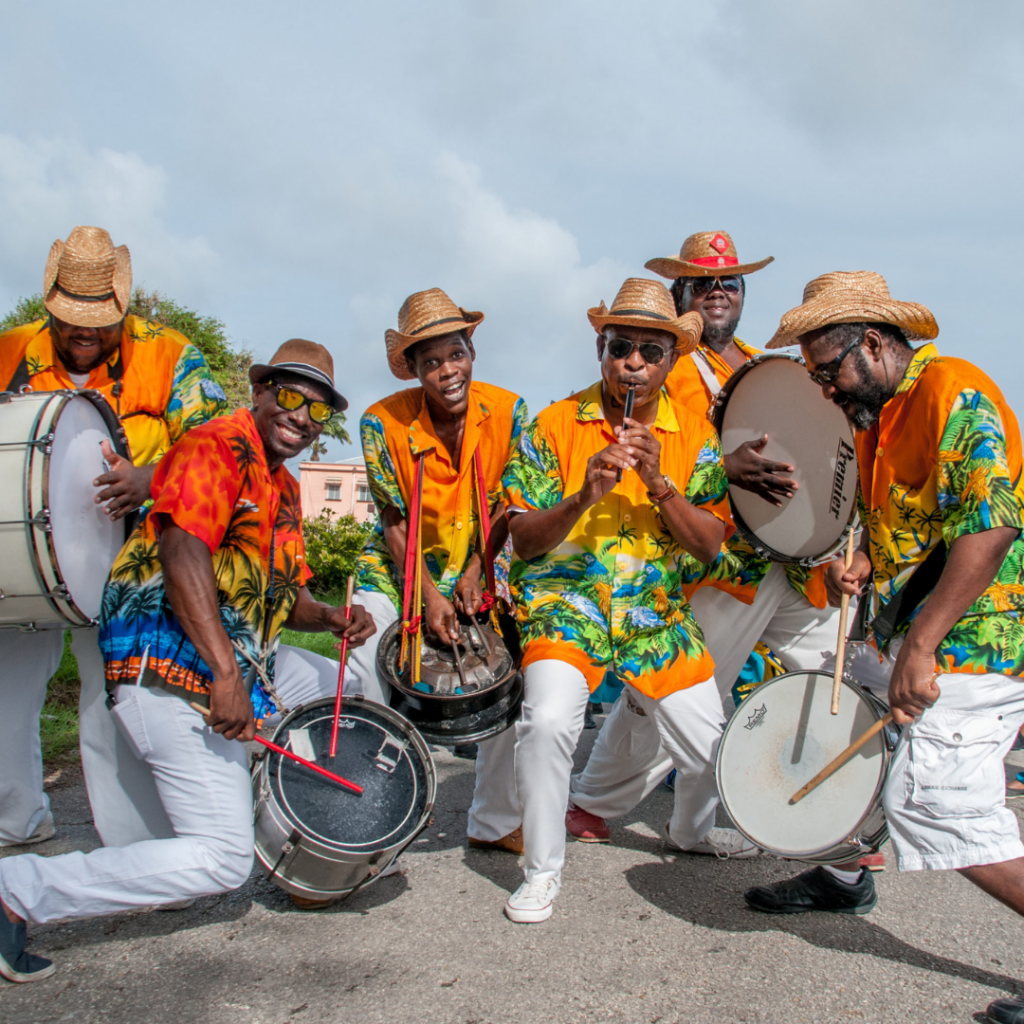Your best camera equipment tips for portrait photography are constantly evolving as the industry produces new devices and software and photographers continually experiment with new techniques and styles. As a result, we’ve put together a list of some of our favourite camera equipment tips for portrait photography that, if implemented, will help you take better pictures.
Photographer wants the best equipment they can get if they want quality photos, and many new photographers get confused about the different kinds of cameras. The two main categories of the camera are digital and film. The term digital refers to the use of electronic sensors instead of film. The camera’s sensor captures light and converts it into a digital image. A photographer can use digital or film cameras to take pictures. Still, the photographer must have an understanding of both camera types before they can decide which camera is right for them.
Here Are the Best Camera Equipment Tips for Portrait Photography:
Use A Tripod to Keep the Camera Steady.
Good portrait photography takes skill, but it doesn’t have to be difficult. For helpful tips on capturing the perfect portrait, try these tips for great portrait photography. Use a tripod to keep the camera steady, especially when shooting portraits. This will help to avoid blurry photos.
Good Lighting Is Key.
Anyone can take pictures, but capturing a beautiful portrait is an art, and makeup artists and photography experts agree that good lighting is key. They say natural lighting is best since it gives you the most authentic colours and natural skin tones, but there are limitations with natural light.
Invest In or Rent a High-End Camera.
When you are taking portraits of family and friends, you want your pictures to turn out perfect. Investing in or renting a high-end camera is one of the best ways to ensure your pictures come out well. Keep in mind, however, that the camera you rent is not the perfect one, and you need to use it correctly.
For A DSLR Or Mirrorless Camera User, Shooting Portraits at A Distance Is the Only Option.
Portrait photography is one of the hardest types of photography to master. It’s also one of the hardest subjects to photograph well: any camera or phone with a front-facing camera is likely to take awful portraits, and if you’re using a DSLR or mirrorless camera with a telephoto lens, your subject will be too far away to look good. For a DSLR or mirrorless camera user, shooting portraits at a distance is the only option.
Three Important Considerations: Your Lighting, Your Composition, And Your Camera Equipment.
When taking portrait photos, there are three important considerations: your lighting, your composition, and your camera equipment. Though it’s simple to get in and snap away, mastering the basics of good portrait photography and using the best camera equipment will take your portraits to the next level.
One Of The Best Tips For Portrait Photography Is Practice.
The more you practice, the better you will at capturing great images—practice shooting outdoors in natural light as well as indoors with backlighting. Take your camera out on walks and shoot pictures of people, buildings, trees, clouds, flowers, architecture, and anything else that catches your interest.
Have A Decent Camera.
When you have a decent camera, portrait photography is easier. The right equipment can make or break a photo—you want the gear to give you the photo clarity, control, and versatility to create your best photos.
Knowing How To Take Great Portraits Is Probably One Of The Most Important Things To Learn.
Good portraits capture more than just the subject’s appearance; they capture the mood of the subject and the essence of who they are. A portrait photographer can convey the subject’s personality and mood in a powerful way.
Photography Is All About Setting the Scene.
One of the most critical settings is the aperture. The aperture controls how much light is let in through the lens, which determines the appearance of the photo. The aperture setting also affects depth of field—how close your camera will get to the subject—which gives photos their distinctive blurry background look. While aperture isn’t the only setting your camera has, it plays a critical role in the quality of every shot you take.
When most people think of portrait photography, they think of candid shots of friends, family, or pets. While candid photographs are fun to capture, they may take many steps to get right. In addition, they are limited in the types of shots you can capture. For those reasons, a plethora of creative portrait photography has come along in recent years, with photographers trying to push the boundaries of what can be done.



